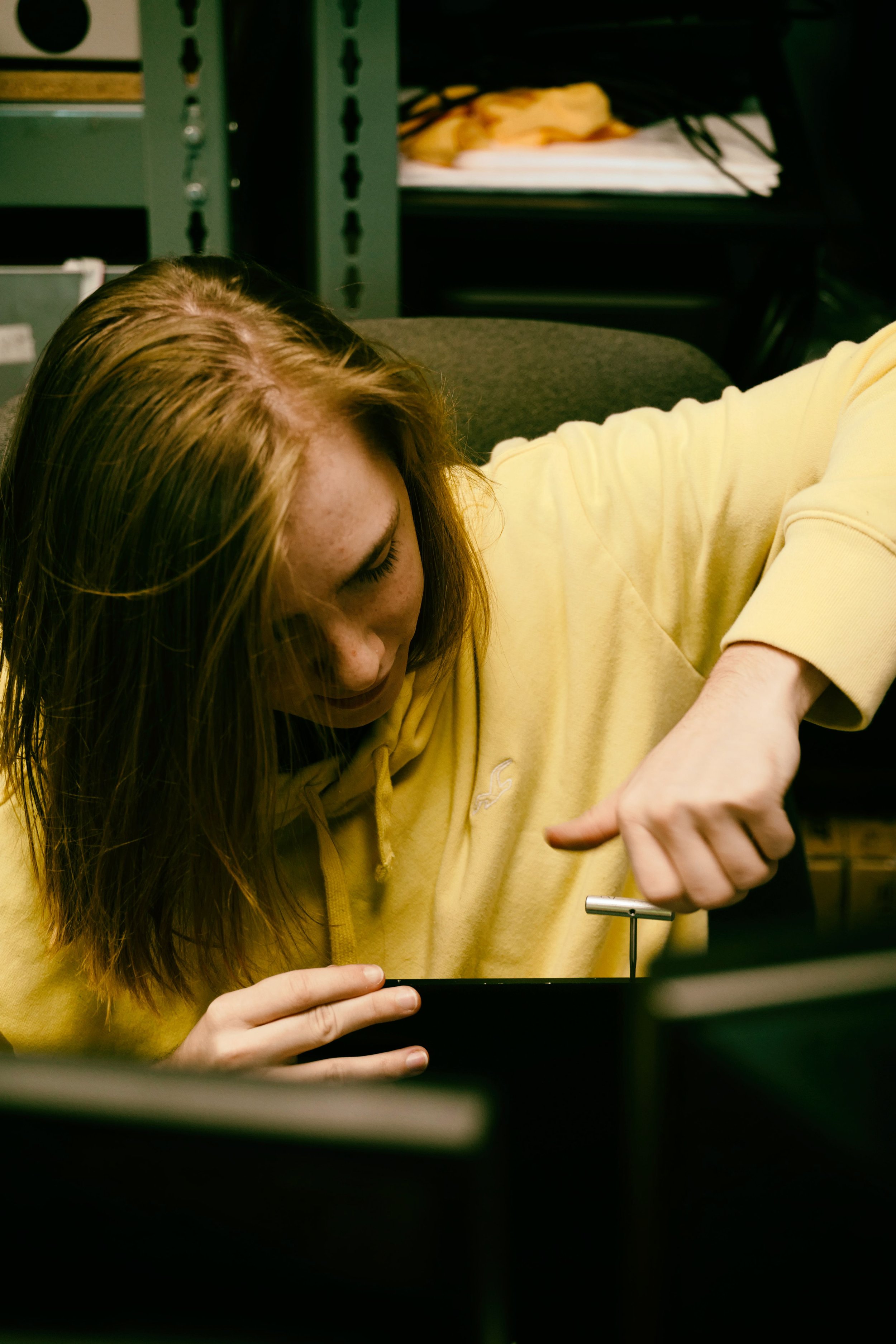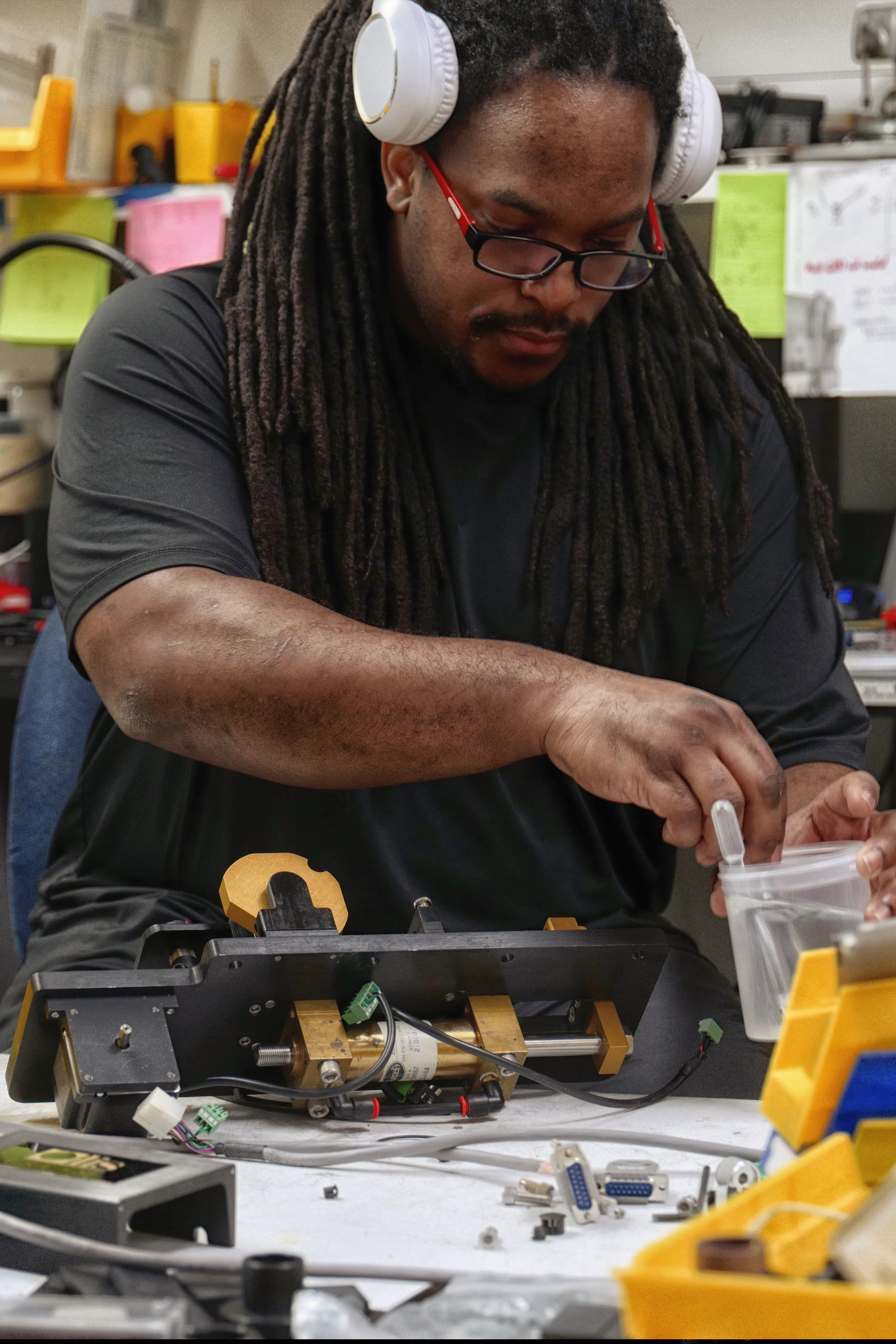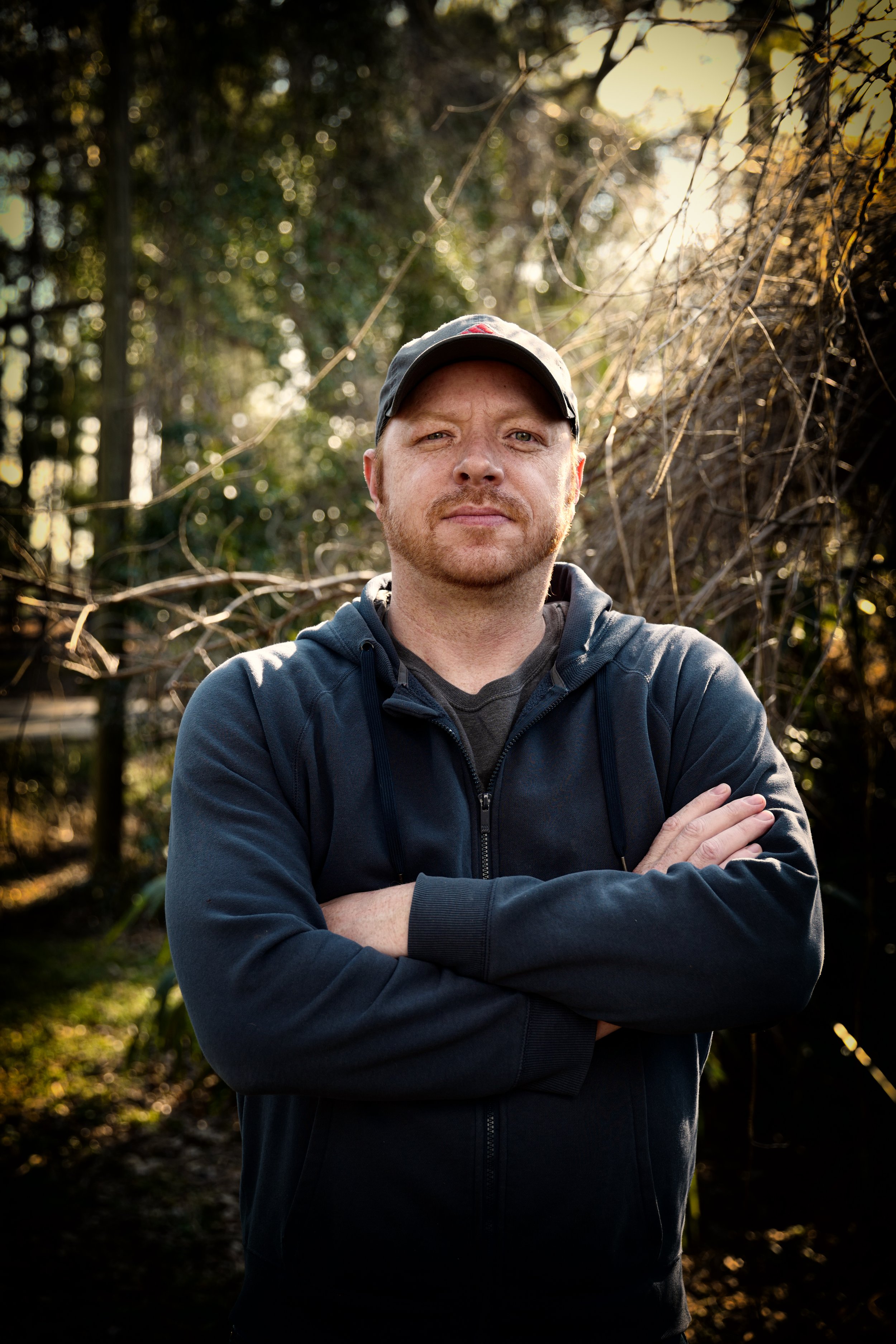Not known Details About Spectrophotometers
Some Known Details About Uv/vis/nir
Table of ContentsHow Uv/vis/nir can Save You Time, Stress, and Money.Our Circular Dichroism DiariesFacts About Uv/vis/nir RevealedCircular Dichroism - An OverviewNot known Factual Statements About Spectrophotometers 10 Easy Facts About Uv/vis ShownCircular Dichroism Can Be Fun For AnyoneGetting My Uv/vis/nir To WorkThe Single Strategy To Use For Uv/vis/nirSome Known Details About Circularly Polarized Luminescence The Single Strategy To Use For Circular DichroismOur Circularly Polarized Luminescence StatementsMore About Circularly Polarized Luminescence
It is then scanned through the sample and the recommendation services. Fractions of the incident wavelengths are transmitted through, or shown from, the sample and the referral. The resultant light strikes the photodetector gadget, which compares the relative strength of the 2 beams. Electronic circuits convert the relative currents into direct transmission percentages and/or absorbance/concentration values.The transmission of a recommendation compound is set as a baseline (information) worth, so the transmission of all other substances are recorded relative to the preliminary "zeroed" compound. The spectrophotometer then transforms the transmission ratio into 'absorbency', the concentration of particular components of the test sample relative to the initial substance.
Given that samples in these applications are not easily offered in large amounts, they are specifically fit to being analyzed in this non-destructive technique. In addition, precious sample can be saved by making use of a micro-volume platform where as little as 1u, L of sample is needed for total analyses. A brief description of the procedure of spectrophotometry includes comparing the absorbency of a blank sample that does not contain a colored compound to a sample which contains a colored substance.
Circularly Polarized Luminescence Can Be Fun For Anyone
In biochemical experiments, a chemical and/or physical property is picked and the procedure that is utilized is specific to that home in order to obtain more information about the sample, such as the quantity, pureness, enzyme activity, and so on. Spectrophotometry can be utilized for a number of strategies such as determining optimum wavelength absorbance of samples, determining optimal p, H for absorbance of samples, identifying concentrations of unknown samples, and figuring out the p, Ka of numerous samples.: 21119 Spectrophotometry is also a helpful procedure for protein purification and can likewise be used as a technique to create optical assays of a substance.
It is possible to know the concentrations of a 2 element mix utilizing the absorption spectra of the standard services of each component. To do this, it is essential to know the termination coefficient of this mixture at 2 wave lengths and the extinction coefficients of options that contain the recognized weights of the two parts.

Excitement About Uv/vis/nir
Area. The concentration of a protein can be estimated by determining the OD at 280 nm due to the presence of tryptophan, tyrosine and phenylalanine.
Nucleic acid contamination can also interfere. This method requires a spectrophotometer efficient in measuring in the UV area with quartz cuvettes.: 135 Ultraviolet-visible (UV-vis) spectroscopy includes energy levels that thrill electronic transitions. Absorption of UV-vis light thrills particles that remain in ground-states to their excited-states. Visible area 400700 nm spectrophotometry is utilized extensively in colorimetry science.
These curves can be utilized to check a new batch of colorant to check if it makes a match to specs, e
Traditional visible conventional noticeable area not detect if find colorant or the base material has product. This can make it difficult to manage color issues if for example one or more of the printing inks is fluorescent. There are two major setups for visual spectrum spectrophotometers, d/8 (spherical) and 0/45.
Scientists use this instrument to measure the amount of substances in a sample. If the compound is more concentrated more light will be soaked up by the sample; within little ranges, the Beer, Lambert law holds and the absorbance in between samples vary with concentration linearly. In the case of printing measurements 2 alternative settings are commonly utilized- without/with uv filter to manage much better the helpful hints result of uv brighteners within the paper stock.
Some Known Facts About Spectrophotometers.
Some applications require little volume measurements which can be carried out with micro-volume platforms. As described in the applications section, spectrophotometry can be utilized in both qualitative and quantitative analysis of DNA, RNA, and proteins. Qualitative analysis can be used and spectrophotometers are used to tape spectra of substances by scanning broad wavelength regions to figure out the absorbance properties (the intensity of the color) of the compound at each wavelength.

The smart Trick of Circularly Polarized Luminescence That Nobody is Discussing
One major element is the type of photosensors that are offered for various spectral areas, but infrared measurement is likewise challenging since virtually everything produces IR as thermal radiation, especially at wavelengths beyond about 5 m. Another issue is that numerous products such as glass and plastic take in infrared, making it incompatible as an optical medium.
2013. p. 13. Allen, DW; Cooksey, C; Tsai, BK (Nov 13, 2009). "Spectrophotometry". Obtained Dec 23, 2018. Ninfa AJ, Ballou DP, Benore M (2010 ). Basic Laboratory Methods for Biochemistry and Biotechnology (second ed.). Hoboken: Wiley & Sons. ISBN 9780470087664. OCLC 488246403. Schwedt G (1997 ). The essential guide to analytical chemistry.
Oke, J. B.; Gunn, J. E.
Top Guidelines Of Spectrophotometers

1021/ac50048a728. ISSN0003-2700. Ninfa AJ, Ballou DP, Benore M (2015 ). Fundamental Laboratory Methods for Biochemistry and Biotechnology (3, rev. ed.). Hoboken, NJ: Wiley & Sons. p. 77. ISBN9780470924525. OCLC915641828. "Fully Automatic Double Beam - Atomic Absorption Spectrophotometer (AA 8000)". Laboratory Devices. Labindia Analytical Instruments Pvt. Ltd. "Spectrophotometry Applications and Basics".
The Best Guide To Circular Dichroism
"Applied Spectrophotometry: Analysis of a Biochemical Mixture". Biochemistry and Molecular Biology Education. Journal of Biochemistry Education.
All About Uv/vis
U.S. Department of Commerce National Bureau of Standards special publication; 378. Washington, D.C.: U.S. National Bureau of Standards. p. 2. OCLC 920079.
The procedure begins with a controlled source of light that illuminates the examined sample. In the case of reflection, as this light connects with the sample, some is soaked up or emitted. The emitted light travels to the detector, which is analyzed, measured, and presented as industry-standard color scales and indices.
All terms are evaluated over the noticeable spectrum from 400 to 700 nm. In the case of transmission, when the light connects with the sample, it is either taken in, reflected, or transmitted.
8 Easy Facts About Spectrophotometers Explained
Examples include APHA (American Public Health Association) for watercolor and purity analysis, ASTM D1500 for petrochemical color analysis, edible oil indices used in food, and color analyses of beverages. All terms are assessed over the visible spectrum from 400 to 700 nm.
Image Credit: Matej Kastelic/ Dr. Arnold J. Beckman and his coworkers at the National Technologies Laboratories first invented the spectrophotometer in 1940. In 1935 Beckman established the business, and the discovery of the spectrophotometer was their most ground-breaking creation. Dr. Bruce Merrifield, a Nobel prize-winning biochemist, stated that the innovation of the spectrophotometer was "probably the most essential instrument ever developed towards the improvement of bioscience." Before the discovery of the spectrophotometer, chemical analyses took weeks to finish, with 25% accuracy.
The Single Strategy To Use For Spectrophotometers
Over time, researchers kept enhancing the spectrophotometer style to improve its efficiency. The UV capabilities of the design B spectrophotometer were improved by changing the glass prism with a quartz prism.
After 1984, double-beam variations of the device were developed. The addition of external software application with the arrangement of onscreen display screens of the spectra was available in the 1990s. Normally, a spectrophotometer is made up of 2 instruments, specifically, a spectrometer and a photometer. A basic spectrophotometer contains a source of light, a monochromator, a collimator for straight light beam transmission, a cuvette to put a sample, and a photoelectric detector.
The Best Guide To Spectrophotometers
There are different types of spectrophotometers in different sizes and shapes, each with its own function or performance. A spectrophotometer figures out how much light is shown by chemical parts. circular dichroism. It determines the difference in light strength based on the overall quantity of light presented to a sample and the quantity of beam that goes through the sample option
Based on the instrument's design, the sample is put in between the spectrometer and the photometer. After the light is gone through the sample, the photometer measures its strength and displays the reading. A spectrophotometer is used to identify the concentration of both colorless and colored solutes in a service. This instrument is used to determine the rate of a response.